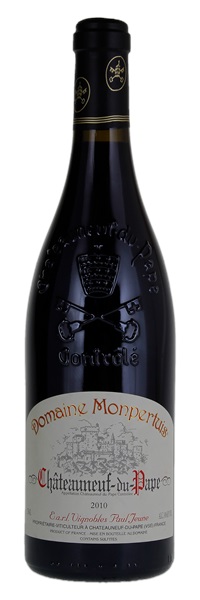Estimate

...aromas of leather, spice and black cherries to its ample body and supple tannins...creamy in texture...lovely expression of cherries, suede, chocolate and a subtle touch of dried spices on the long finish.
...pure, classically styled effort that is wildly aromatic, showing loads of sappy green herbs, cracked peppercorns, herbed game, and lavender qualities that stay firmly tied to a core of ripe black fruits...medium to full-bodied...very straight, focused feel in the mouth and possesses juicy acidity and fine tannin, yet also has excellent ripeness and plenty of texture.
Complex, floral-accented scents of raspberry, sassafras and blood orange, with a subtle touch of white pepper. Tangy and youthfully taut, then turns fleshier and spicier with air, offering sweet red fruit preserve flavors and notes of black tea and licorice. Finishes with notes of star anise and allspice.